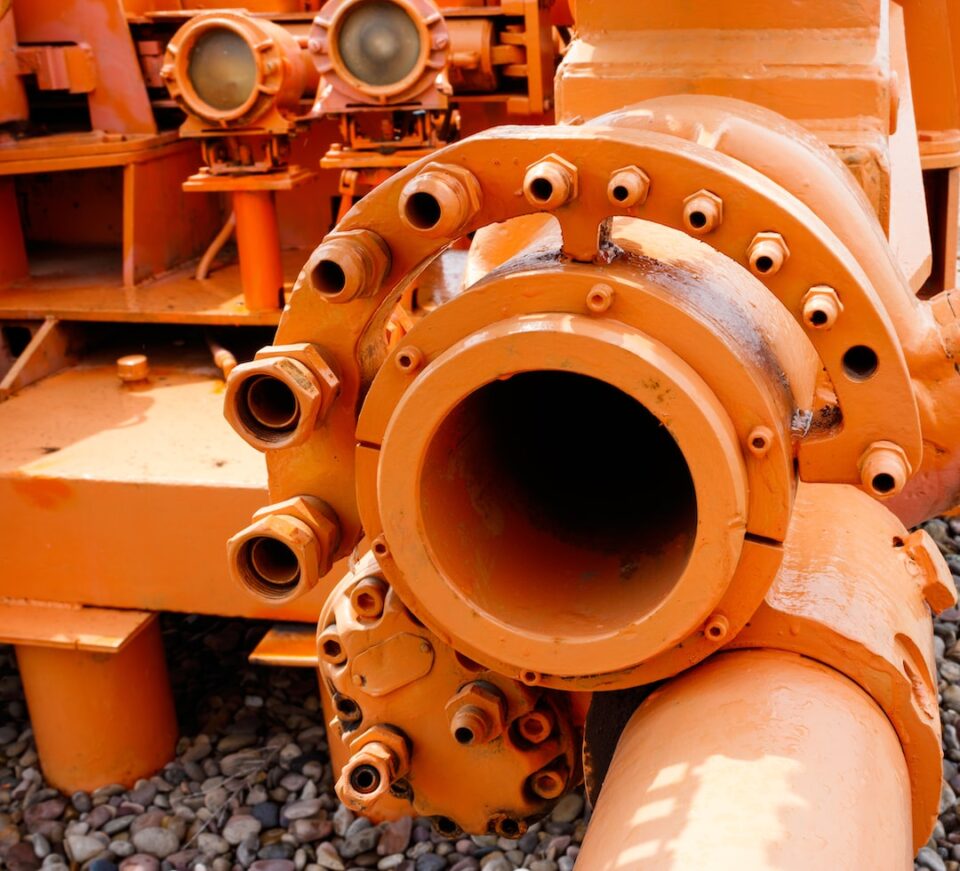End Suction pumps are widely used in various industries for their simple design and easy installation. However, like any other type of equipment, they can develop problems over time. In this article, we will discuss some common issues that you may encounter with your end suction pump and how to troubleshoot them.
1. Low Flow Rate
If your end suction pump is not delivering the required flow rate, the first thing to check is the impeller. A damaged or worn impeller can significantly reduce the flow rate. Check for any signs of damage such as cracks, dents, or erosion. Also, ensure that the impeller is clean and free from any debris or deposits.
2. Low Pressure
Another common problem with end suction pumps is low discharge pressure. This can be caused by a clogged or dirty suction strainer. Check the strainer and remove any debris or dirt that may be blocking it. Also, ensure that the suction line is free from any restrictions or obstructions that may be affecting the flow of fluid.
3. Leaking Pump
A leaking end suction pump can be caused by several factors such as damaged seals, cracked casings, or loose connections. Check the seals for signs of wear and tear and replace them if necessary. Tighten any loose connections and check the casing for cracks or damages.
4. Noisy Operation
End suction pumps can produce various types of noises such as rattling, humming, or whining. This can be caused by several factors such as misalignment, worn bearings, or cavitation. Check the alignment of the pump and motor and adjust if necessary. Also, inspect the bearings and replace them if they are worn or damaged. Cavitation can also cause noisy operation. This occurs when there is a low-pressure zone near the impeller, which causes the formation of air bubbles. To fix this, you need to increase the suction pressure or reduce the speed of the pump.
5. Overheating
An overheating end suction pump can be caused by several factors such as insufficient cooling, damaged impeller, or worn bearings. Check the cooling system and ensure that the coolant is circulating properly. Also, inspect the impeller and bearings for signs of damage or wear and replace them if necessary.
In conclusion, end suction pumps are simple devices that can develop problems over time. However, most of these issues can be easily resolved by following the troubleshooting steps outlined above. Regular maintenance and inspection are crucial to addressing any potential problems before they develop into bigger issues. By taking good care of your end suction pump, you can ensure that it operates efficiently and reliably.

